News
-
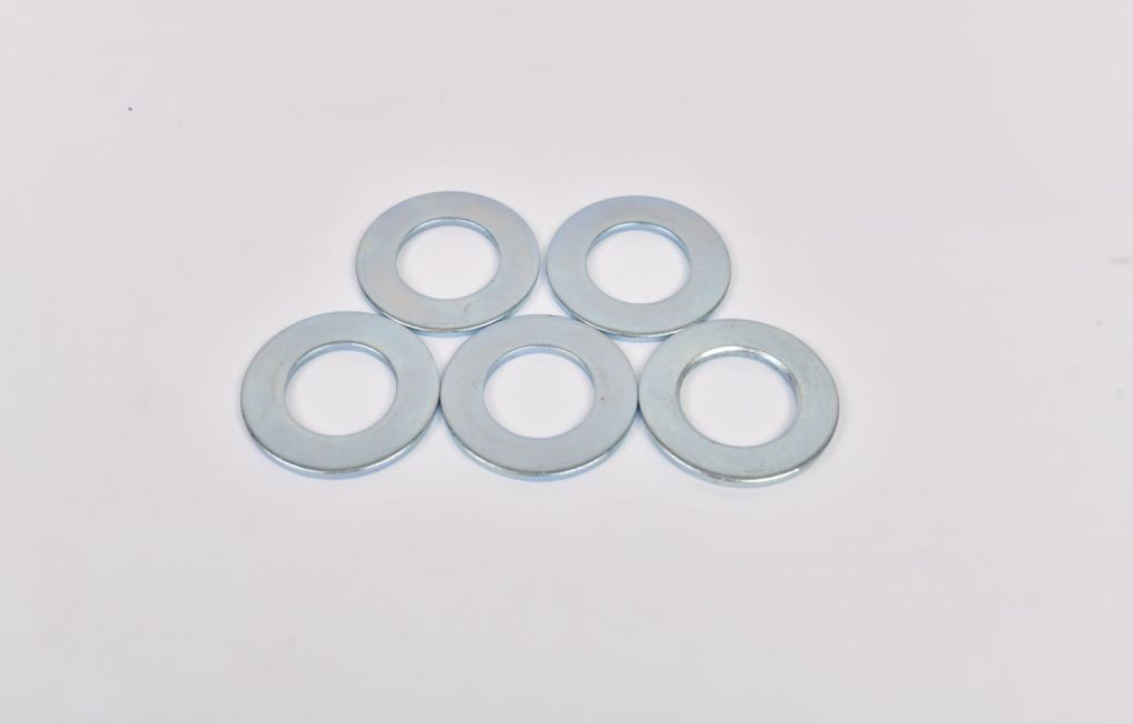 First, decide on the correct type of screw for the desired substrate to be fastened. Mark the precise position where the screw will be used and ensure you have ample room to use a screwdriver or drill machine.Usually, it helps, but is not always necessary, to drill a pilot hole slightly smaller in diameter than the actual screw size. This allows for the screw body to fill the drilled cavity and the threads to cut into the material as it is screwed in. Be careful to use a drill bit slightly smaller than the self-tapping screw, otherwise, the threads won’t have anything to bite into as it turns in.Position the screw straight in line with the hole and turn it in, one or two turns, by hand. This allows the screw to be left in the hole as you pick up your screwdriver or drill machine. Using firm short movements, screw the self-tapping screw in place using a Phillips or flat head screwdriver or drill bit. Ensure that the self-tapping screw goes in straight, and do not over-tighten it as this could cause the head to strip.Read more
First, decide on the correct type of screw for the desired substrate to be fastened. Mark the precise position where the screw will be used and ensure you have ample room to use a screwdriver or drill machine.Usually, it helps, but is not always necessary, to drill a pilot hole slightly smaller in diameter than the actual screw size. This allows for the screw body to fill the drilled cavity and the threads to cut into the material as it is screwed in. Be careful to use a drill bit slightly smaller than the self-tapping screw, otherwise, the threads won’t have anything to bite into as it turns in.Position the screw straight in line with the hole and turn it in, one or two turns, by hand. This allows the screw to be left in the hole as you pick up your screwdriver or drill machine. Using firm short movements, screw the self-tapping screw in place using a Phillips or flat head screwdriver or drill bit. Ensure that the self-tapping screw goes in straight, and do not over-tighten it as this could cause the head to strip.Read more -
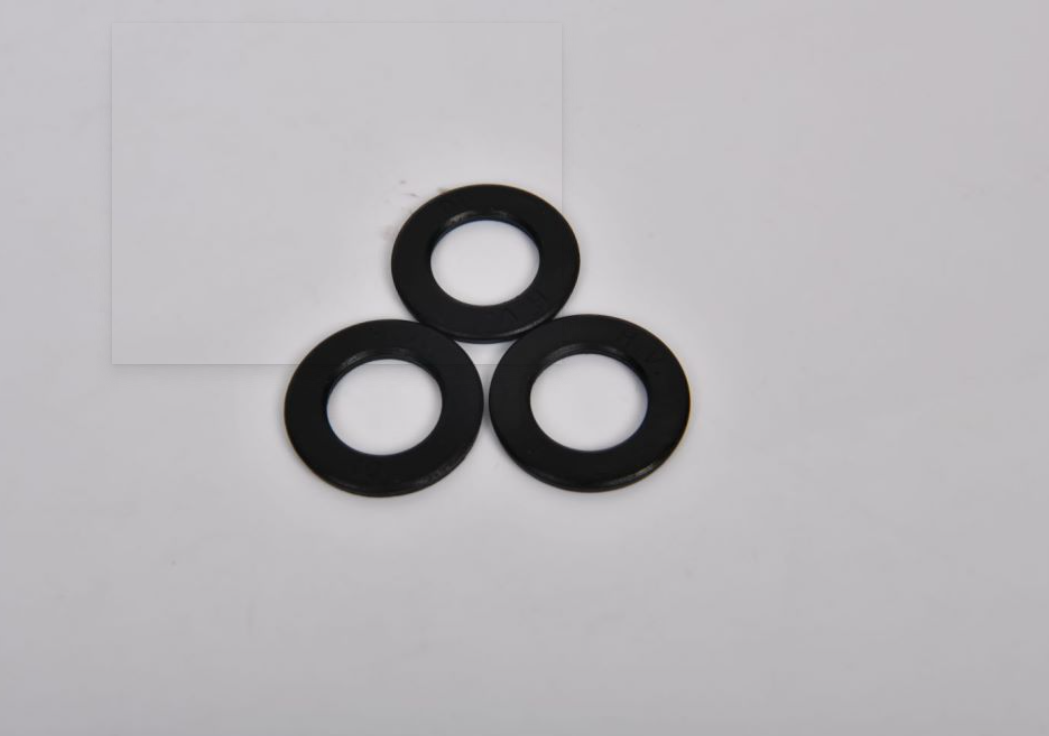 As their name implies, self-drilling screws operate on the same principles as drill bits and other cutting tools. For any cutting tool, performance is governed by cutting speed, feed rate, depth of cut and the work material itself. Therefore, installation performance of self-drilling screws can be linked to the basic cutting tool parameters. Suggested optimal parameter values are listed by nominal screw size in the table below.Read more
As their name implies, self-drilling screws operate on the same principles as drill bits and other cutting tools. For any cutting tool, performance is governed by cutting speed, feed rate, depth of cut and the work material itself. Therefore, installation performance of self-drilling screws can be linked to the basic cutting tool parameters. Suggested optimal parameter values are listed by nominal screw size in the table below.Read more -
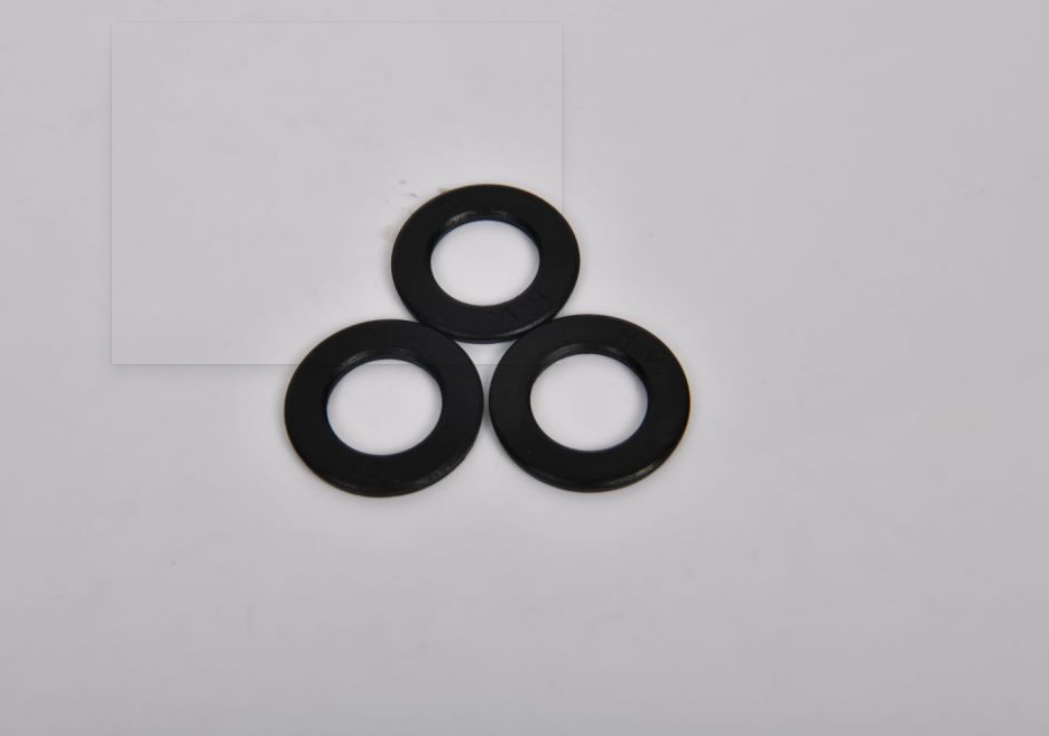 Self-tapping screws are typically used to drill through thinner sheet metals and other substrates including wood and some plastics. Tapping screws have the best performance when the punch hole is drilled to the correct size. If the hole is too big, the screw won't thread correctly and will become loose. If the hole is too small, the screw can break or cause the material to split or crack.Read more
Self-tapping screws are typically used to drill through thinner sheet metals and other substrates including wood and some plastics. Tapping screws have the best performance when the punch hole is drilled to the correct size. If the hole is too big, the screw won't thread correctly and will become loose. If the hole is too small, the screw can break or cause the material to split or crack.Read more -
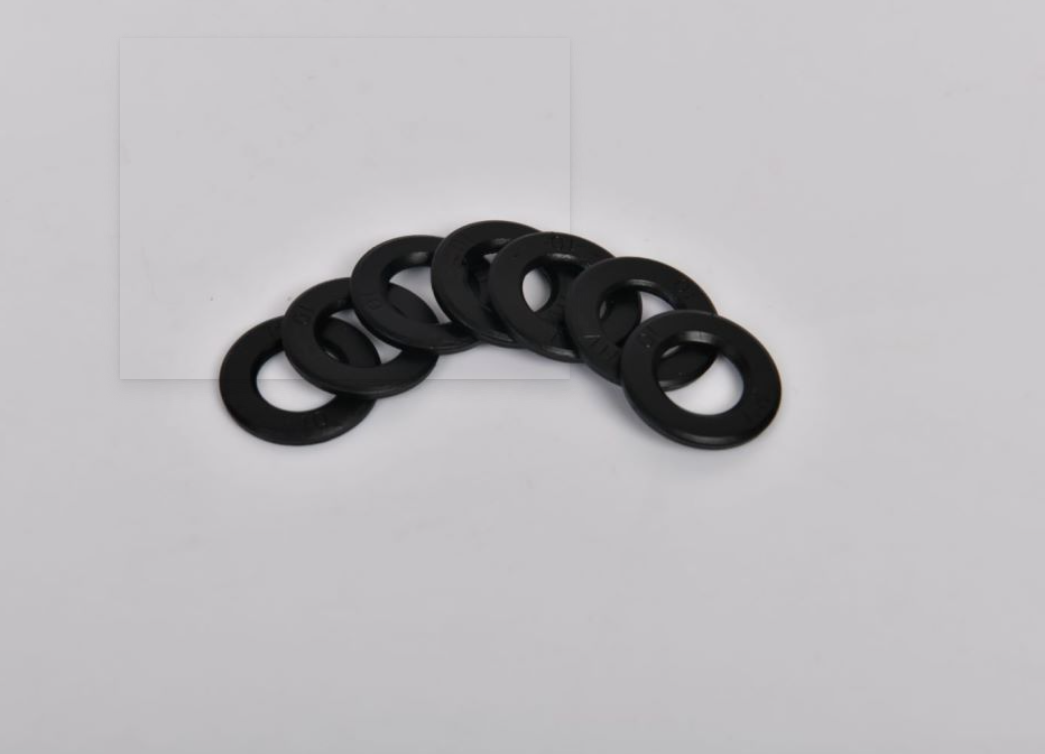 Understanding the way to use self drilling screws is comparatively straightforward. These screws are simple to control once you recognize the fundamentals, yet accuracy continues to be important to keep up a top-quality finish and well-completed task.In the best way of using a self-drilling screw, you will create pilot holes, which can ensure your screw is aligned to the opening perfectly. The pilot hole should be slightly smaller in diameter than the diameter of the screw. Instead, the screw’s thread will not be ready to catch effectively.Read more
Understanding the way to use self drilling screws is comparatively straightforward. These screws are simple to control once you recognize the fundamentals, yet accuracy continues to be important to keep up a top-quality finish and well-completed task.In the best way of using a self-drilling screw, you will create pilot holes, which can ensure your screw is aligned to the opening perfectly. The pilot hole should be slightly smaller in diameter than the diameter of the screw. Instead, the screw’s thread will not be ready to catch effectively.Read more -
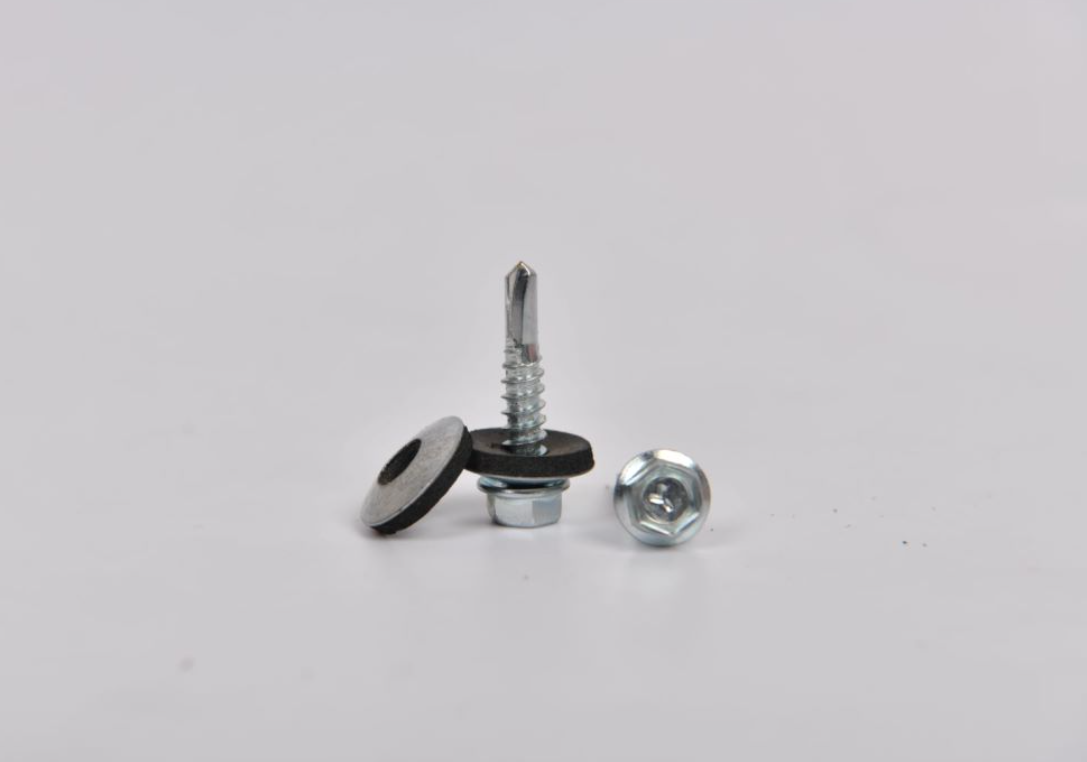 Fasteners are crucial construction tools that hold materials together and provide the secure connections that you depend on. With millions of fasteners available in all kinds of sizes and materials, it is essential to know which is best suited to your application.The three most common types of screws are self-tapping screws, self-drilling screws and self-piercing screws. Each design offers unique benefits that make it ideal for different materials and uses. Read on to determine which type of fastener is a match for your requirements.Read more
Fasteners are crucial construction tools that hold materials together and provide the secure connections that you depend on. With millions of fasteners available in all kinds of sizes and materials, it is essential to know which is best suited to your application.The three most common types of screws are self-tapping screws, self-drilling screws and self-piercing screws. Each design offers unique benefits that make it ideal for different materials and uses. Read on to determine which type of fastener is a match for your requirements.Read more -
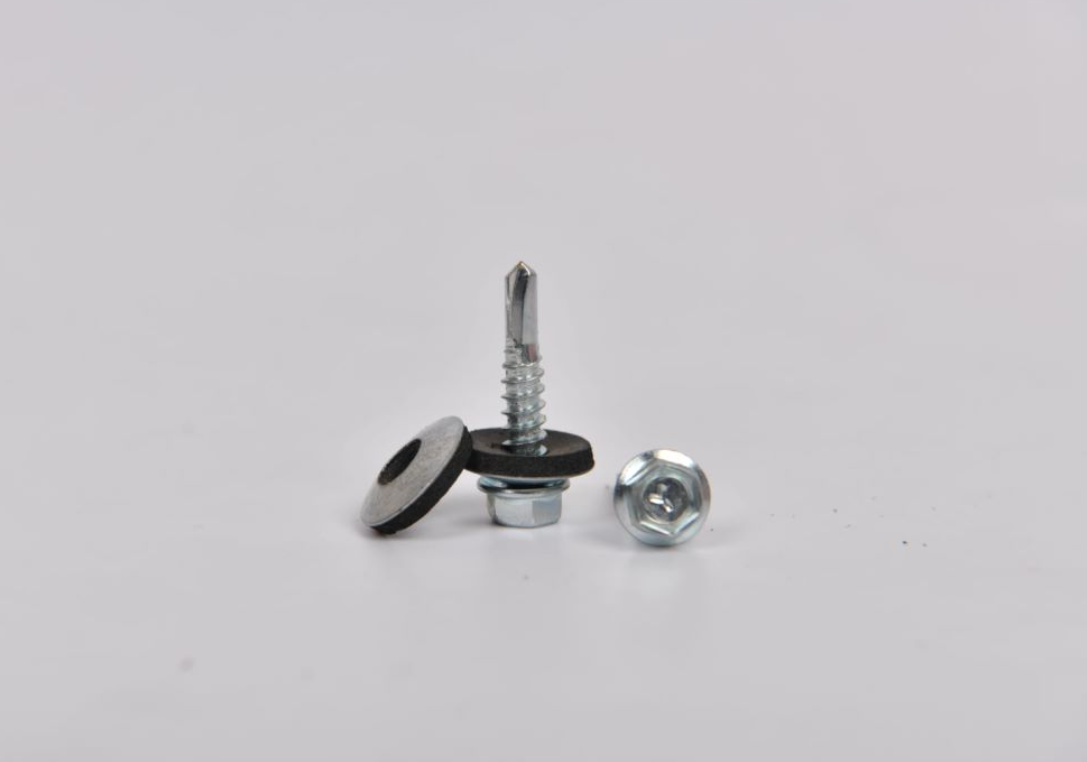 By far the most common questions when using self tapping screws are about the best pilot hole size for a specific self tapping screw size. Factors such as fastener material, housing material, hole depth, and even temperature must be considered. For these reasons, some degree of trial and error may be needed to find the ideal pilot hole size for your specific application. As a rough guide, a pilot hole should be between the minor diameter and major diameter of the screw thread. For example: a #6 screw (major diameter of threads ~3.5mm, minor diameter ~2.5mm) would typically need a pilot hole of 2.7-3mm depending on the hardness / toughness / density / lubricity of the material.Read more
By far the most common questions when using self tapping screws are about the best pilot hole size for a specific self tapping screw size. Factors such as fastener material, housing material, hole depth, and even temperature must be considered. For these reasons, some degree of trial and error may be needed to find the ideal pilot hole size for your specific application. As a rough guide, a pilot hole should be between the minor diameter and major diameter of the screw thread. For example: a #6 screw (major diameter of threads ~3.5mm, minor diameter ~2.5mm) would typically need a pilot hole of 2.7-3mm depending on the hardness / toughness / density / lubricity of the material.Read more -
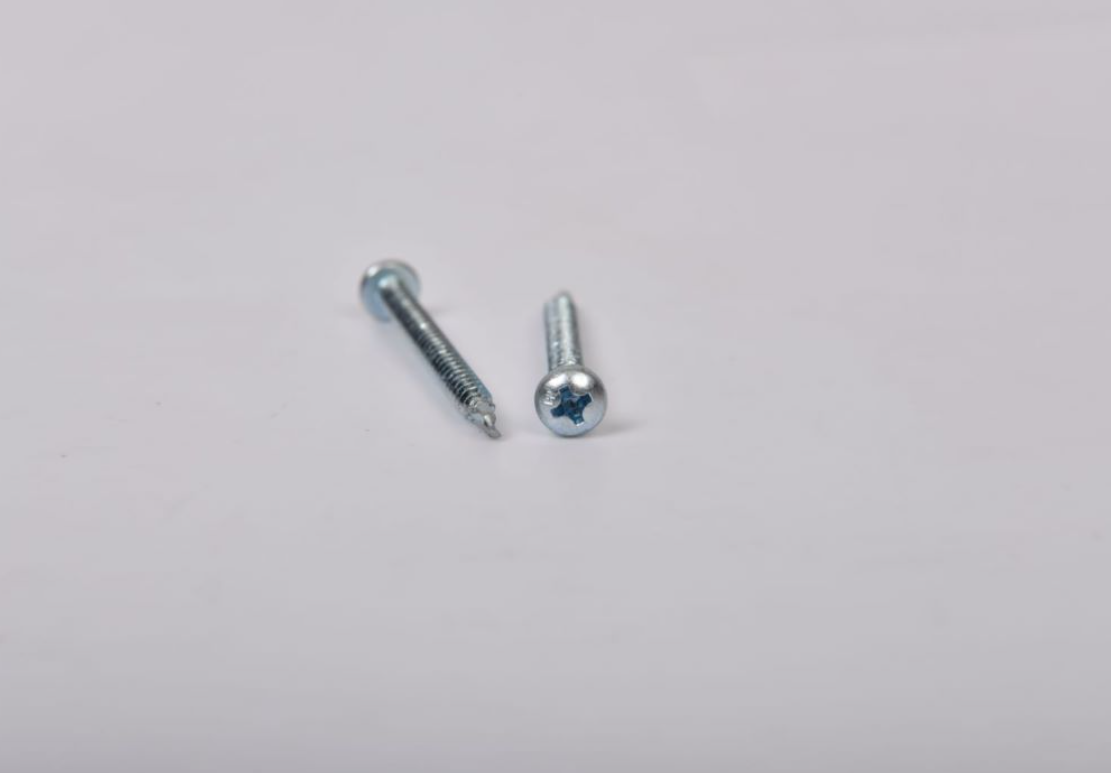 Tek screws or self-drilling screws come with an additional pair of bladed flutes which extends from the threaded portion of the body all the way to the drilling tip. The purpose of this is to combine the drilling and tapping function onto the same screw, thus eliminating the need to pre-drill pilot holes and tap threads. Drill, tap and fasten are completed in one go, saving time and money. The best Tek screws come with various types of surface treatments to cope with the environment and provide weathering resistance to itself and the fastened substrate.Tek screws are popular for many general sheet metal applications like roofing, cladding, and HVAC, etc.Larger Tek screws (No.3 Tek and above) are strong enough to penetrate 12~20-gauge galvanized steel, as well as 3/8” to ½” (10~12.5 mm) structural steel and can be used on various civil and naval engineering applications.Read more
Tek screws or self-drilling screws come with an additional pair of bladed flutes which extends from the threaded portion of the body all the way to the drilling tip. The purpose of this is to combine the drilling and tapping function onto the same screw, thus eliminating the need to pre-drill pilot holes and tap threads. Drill, tap and fasten are completed in one go, saving time and money. The best Tek screws come with various types of surface treatments to cope with the environment and provide weathering resistance to itself and the fastened substrate.Tek screws are popular for many general sheet metal applications like roofing, cladding, and HVAC, etc.Larger Tek screws (No.3 Tek and above) are strong enough to penetrate 12~20-gauge galvanized steel, as well as 3/8” to ½” (10~12.5 mm) structural steel and can be used on various civil and naval engineering applications.Read more -
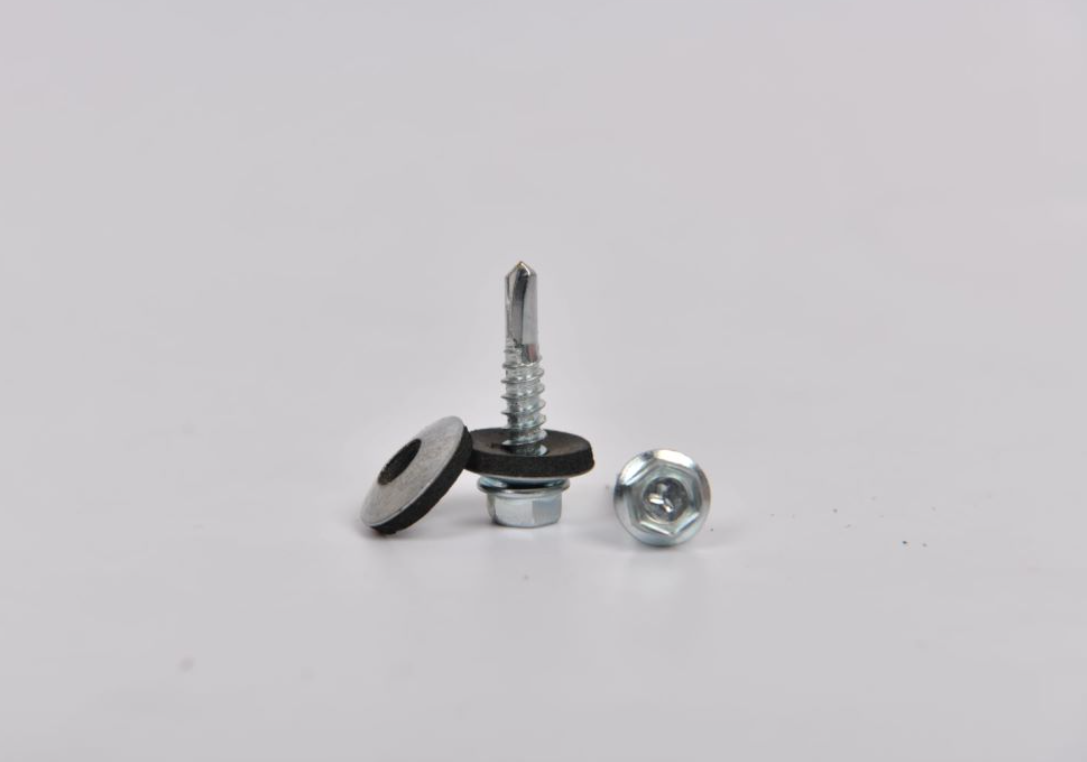 Self-drilling screws should be installed using a variable speed screw gun, (not an impact driver) like the DeWALT DCF622M2 RPMs are critical when driving self-drilling screws. High RPM’S can cause point burnout. When driving self-drilling screws, do not use too much pressure. Using too much pressure will create too much heat on the screw point and can also cause point burnout. Use just enough pressure to keep the screw steady, push the trigger to the desired rpm, and then push the screw into the material.Read more
Self-drilling screws should be installed using a variable speed screw gun, (not an impact driver) like the DeWALT DCF622M2 RPMs are critical when driving self-drilling screws. High RPM’S can cause point burnout. When driving self-drilling screws, do not use too much pressure. Using too much pressure will create too much heat on the screw point and can also cause point burnout. Use just enough pressure to keep the screw steady, push the trigger to the desired rpm, and then push the screw into the material.Read more -
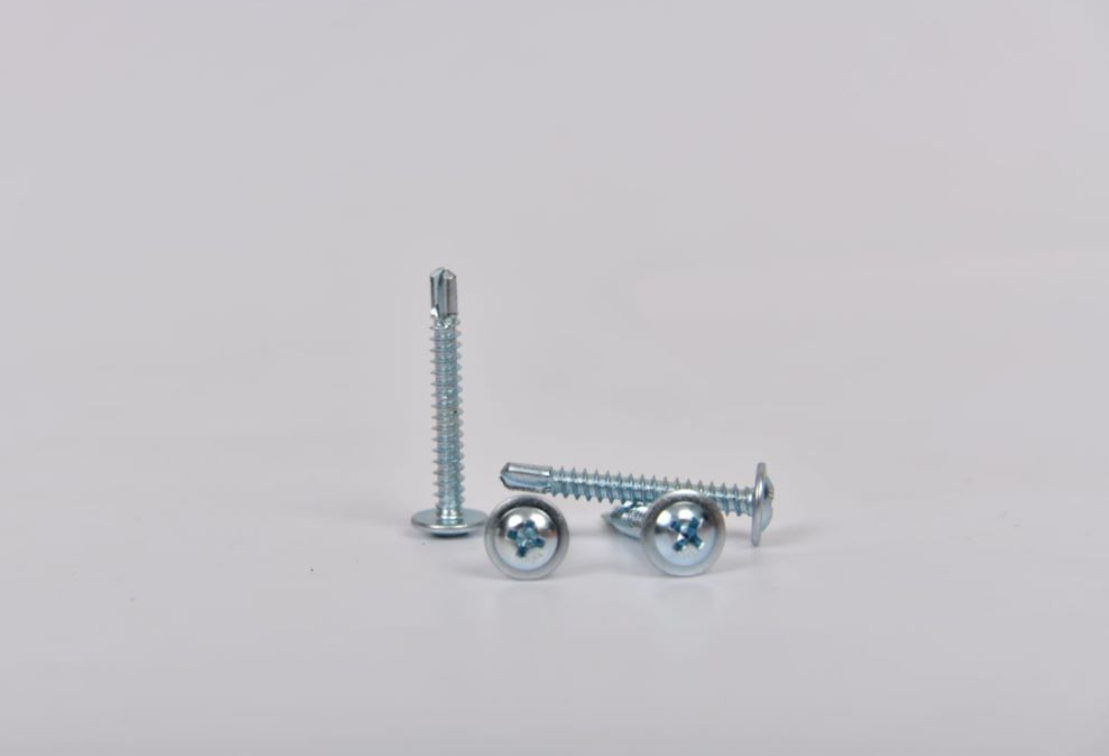 People often confuse self-drilling screws for self-tapping screws. Self-tapping screws/fasteners tap their own threads, but cannot drill through hard objects like metals. Self-tapping screws require a pilot hole for proper installation, but self-drilling screws, the other hand, don’t require any pilot hole. In terms of likeness, self-tapping screws and self-drilling screws can tap their own threads, but generally, self-drilling screws come with a higher thread count compared to self-tapping screws.Read more
People often confuse self-drilling screws for self-tapping screws. Self-tapping screws/fasteners tap their own threads, but cannot drill through hard objects like metals. Self-tapping screws require a pilot hole for proper installation, but self-drilling screws, the other hand, don’t require any pilot hole. In terms of likeness, self-tapping screws and self-drilling screws can tap their own threads, but generally, self-drilling screws come with a higher thread count compared to self-tapping screws.Read more


